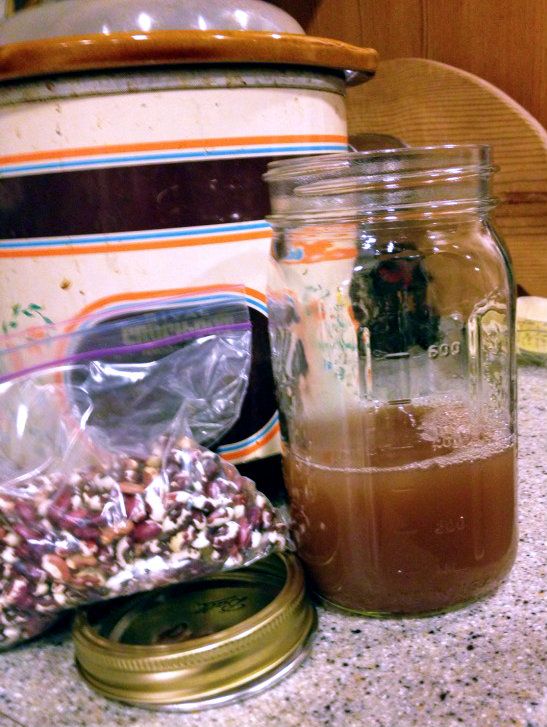Affordability
A couple recent posts delved into affordability and how to make quality meat affordable. One solution to the high price of meat, of course, lies in making vegetarian meals once or twice each week (or more.) It’s no secret that beans are cheaper than meat, but they are also a good source of protein and substance, making them a good center-of-the-plate substitute.
Cooking Your Own Beans

For even greater affordability, cook your own beans. Then you can enjoy high-grade organic beans for just pennies per serving. And it’s easy. Contact us for a reference sheet that you can keep handy in your cooking files. Alternatively, check out a previous post on cooking beans, and one on an accelerated method. I have found the slow cooker to be the best method for cooking dried beans; it eliminates many of the problems people associate with the operation. And if time is an issue, here’s some good news. Yesterday, I needed some beans quickly to take pictures for this series of blog posts, so I discovered an even faster, slow cooker method:
Super Accelerated Slow Cooker Beans–No Soaking Required
- Step 1: Boil for 5 Minutes (In a large saucepan, combine 1-2 cups dried beans with about a quart of water. Bring to a boil for cook for 5 minutes.)
- Step 2: Drain (Drain beans into a colander–but save the juices for watering plants–then put drained beans into the slow cooker)
- Step 3: Boil More Water (Fill the large saucepan with another quart of water and bring to a boil)
- Step 4: Combine and Cook (Pour the boiling water over beans waiting in the slow cooker. Cover and cook on HIGH heat until tender to your tastes–which can be a s little as 3 to 4 hours. Keep an eye on them as they cook more quickly than expected.)
- Step 5: Add Salt (Wait until beans are cooked to the desired tenderness then stir in 1/4 to 1 tsp. good sea salt, to taste.)
- Step 6: Eat and Enjoy (Freshly cooked beans are good enough to serve as a side dish, on their own.)
Cooking Classes Using Beans
If you want to learn more about cooking with beans, check out our classes which very often include a bean dish or two.
Waste Not-Want Not: Bean Juice
Speaking of affordability, there’s no need to throw out the liquid from cooking beans. Maximize food dollars, flavor and nutrition: Drain the juice into a jar. Refrigerate and use for cooking rice, thinning soups, cooking harder vegetables, deglazing pans or anywhere else that you’d use a broth. It keeps for several days, or freeze it in small portions for later use.
Note: Higher quality beans will have better juice. For instance, Eden Organic beans are cooked with kombu, a sea vegetable that adds nutrients and reduces or eliminates the need for salt. Conversely, lower quality beans may be cooked with a lot of salt to mask a flavor deficit. In all dishes where you add bean juice , but especially those with higher sodium juice, be sure to taste before adding more salt.
Convenience and Freezing
You certainly can’t beat beans’ convenience. Just open a can and you’re ready to go! “But what if I can’t eat the whole can?” you might be wondering. Or what if you cook a batch of beans from scratch, which tends to make a lot! No problem. Beans store in the frig for several days and extras can also be frozen in single serving sizes.